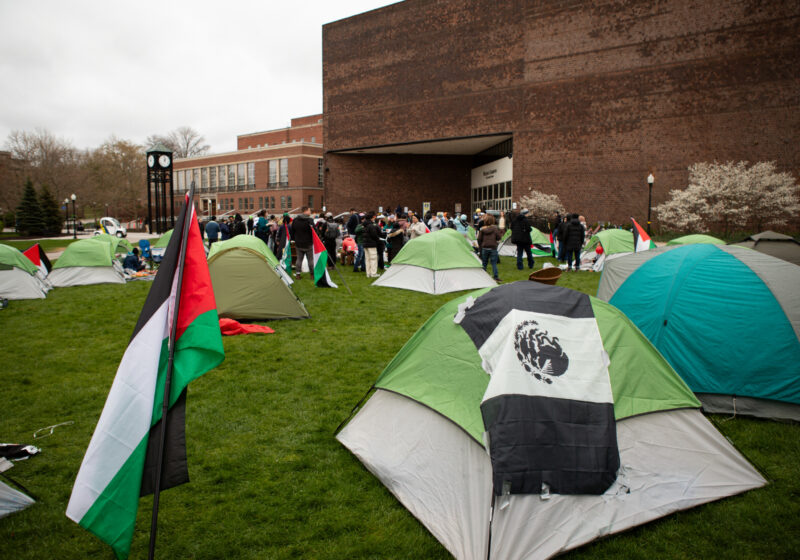“Tennis elbow” or “swimmer’s shoulder” are two conditions that can be placed in the often-experienced category of ongoing nagging injuries. I cannot stress enough the importance of paying attention to those initial aches and pains and taking action to avert any chronic pain. The longer the symptoms have been present, the more difficult successful rehabilitation may be. Chronic changes to look for may include loss of wrist and shoulder motion as well as a decrease in grip strength and rotator cuff strength of the shoulder. Let’s take a look at how we can manage these problems through early recognition, treatment and, most importantly, what I like to call preventative maintenance.
There are some common therapy prescriptions to control pain and inflammation of tennis elbow that can be employed by a certified athletic trainer or physical therapist. Initially this may include ice massage to the affected area. One can do this on their own as well, by simply freezing a Dixie cup of water, and tearing the top of the cup off, so you are left with a nice flat chunk of ice. This is then applied to the skin over the affected area in a circular motion for about six to eight minutes or until the skin is numb. This is often a more effective treatment than just an ice bag for localized areas, as the depth of cold penetration is slightly deeper. Remember never to stretch the elbow right after doing an ice treatment. It is usually safer to wait awhile for the blood flow to return, so you can achieve maximum flexibility.
Other forms of treatment for tennis elbow may include moist heat in the form of a hot pack or even warm whirlpool. An even deeper form of heat commonly used is ultrasound, which usually includes approximately five to 10 consecutive treatments. It is important to remember that these heat treatments should never be used in the acute stages of injury when one has significant pain and swelling as this may exacerbate the problem.
In conjunction with these various modality treatments, a non-steroidal anti-inflammatory drug such as Advil or Aleve may be prescribed to aid in pain and inflammation reduction. Some form of bracing may also be prescribed to lessen the pull of the inflamed tendon(s).
With these types of conditions, I’ve found that the old cliche, “prevention is the best medicine,” definitely holds true. Of course, stretching and strengthening of the shoulder and elbow complexes is a good place to start, but people don’t often realize that various warm-up movement patterns can also be important for injury prevention.
When warming up for a sport such as squash or swimming, think about the amplitude of movement that the shoulder joint has to go through during actual play. So why not warm it up by stressing the same amount of movement that it will have to endure during play? A good way to accomplish this is by performing “loosening” exercises. For loosening of the upper extremity, with your arm extended, perform small arm circles gradually progressing to larger circles in both clockwise and counterclockwise directions. This may be done with both arms simultaneously or separately. You can also cross your arms in front of the body and then try to touch your shoulder blades with your hands in a continuous movement. Ten repetitions of each are usually sufficient.
Using rubber or surgical tubing to perform internal and external rotation of the shoulder prior to play is also very helpful in prevention ? as seen in the picture. What this does is simply increase blood flow to the rotator cuff allowing it to be warm and flexible, ready for activity. Ten to 15 repetitions in each direction is sufficient.
Resistance training of the shoulder and elbow is important, however, some people make the mistake of forgetting to focus on the smaller muscles such as the rotator cuff, which play a key role in swimming and racquet sports. To strengthen the rotator cuff, one may use small dumbbell weights ? preferably five pounds.
By holding a dumbbell in each hand, hold each arm out to the side with elbows bent 90 degrees. With one forearm up and the other toward the floor, alternate positions of the hands at the same time by rotating at the shoulder while keeping your upper arm parallel to the floor and elbows at 90. This only needs to be done for 12 ? 15 repetitions. It is also important to look at what takes place at other joints when performing certain motions such as the forehand or down stroke.
If you’re only using your shoulder to develop all of your power, such as pro Andy Roddick’s serve in tennis, you’ll most likely develop significant shoulder problems. However, if you use your torso and core muscles ? abs, low back and hip ? like Pete Sampras, you’ll take additional strain off your shoulder and distribute the forces more evenly through other parts of the body. Thus, it is crucial to train those core muscles in different planes of movement in a manner similar to the ways they will be stressed on the court or in the pool in order to keep the shoulder and elbow joints healthy.
In next week’s article we’ll explore alternative techniques and analyze different approaches in strengthening the “core.” Specifically, we’ll look at methods to prevent the common lower back problems that all of us experience at some time.
Steckley is a certified UR athletic trainer.

